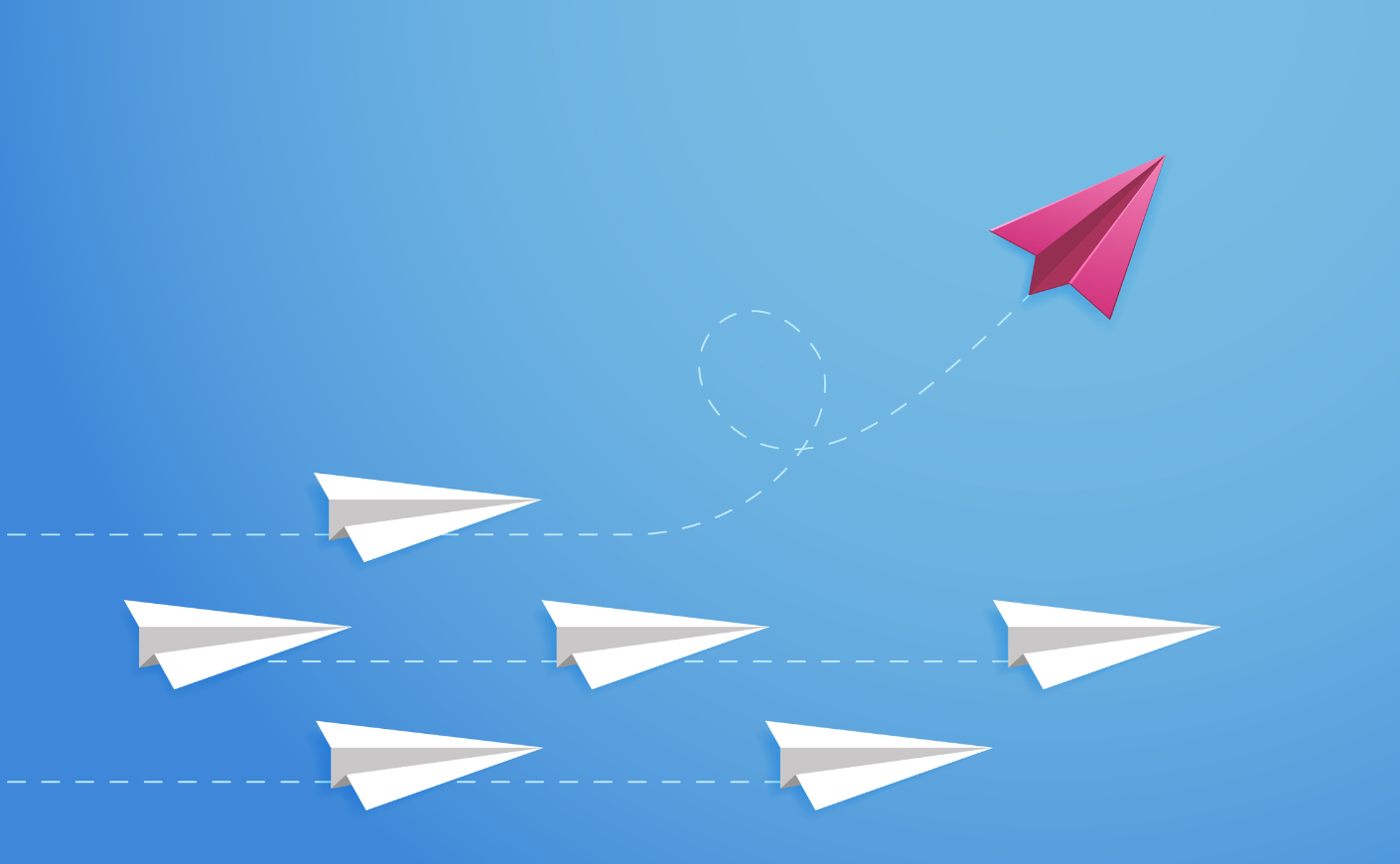For the past 25 years, Erica Keswin has helped some of America’s largest companies stay competitive by attracting and retaining top talent. She’s a keen observer of workplace trends, and she’s published two books on the topic, with a third out this week about the profound shift she sees sweeping the business world.
“Pretty much everything we thought we knew about work changed over the last couple of years,” Keswin says, and that includes everything from where and when we work to what employees want out of their careers. Her name for this movement is also the title of her new book: The Retention Revolution: 7 Surprising (and Very Human!) Ways to Keep Employees Connected to Your Company. She argues that the modern employee isn’t satisfied with giving their whole working lives to a single corporation; the “lifer” is an endangered species
How companies adjust to this new reality has the potential to reshape our 9-to-5s, she says. Keswin gave us her take on this office revolution and what it means for the future of remote work, Zoom meetings, and corporate America at large.

Katie Couric Media: What exactly is the “retention revolution”?
Erica Keswin: Gen Z is taking over the workplace, and they look at their careers differently. They think about it more as a portfolio, and they’re going to move around. Long gone are the days of people coming in and moving up a little bit every year for 50 years and retiring with a plaque and a pension.
The retention revolution is really about addressing that elephant in the room and moving away from this mentality of losing people and saying, “Don’t let the door hit you on the way out.” Now, it’s important to stay connected with your alumni so that work becomes a virtuous cycle. Old employees can be great brand ambassadors or future customers — and many of them even boomerang back.
One of the shifts you write about is how businesses are starting to view their employees as their most important stakeholders. Can you unpack that?
People aren’t just automatically staying in one place anymore. They care about how companies are treating them: They’re looking for connection, they’re thinking about their mental health, and they want flexibility. Companies are really getting creative in finding new ways to support them and help them grow and develop, because they know it gives them a competitive edge.
You talk about how in the remote-work era, companies need to be smart about “designing for connection.” How can they do that when employees aren’t going into offices?
It’s about not leaving connection to chance. There’s no point in having a quota where you’re requiring people to go in a certain number of days if they’re not going to actually see their teams. If you’re making people schlep into the city, commute for an hour and a half, and none of their colleagues are there, it’s just a recipe for resentment. So companies really have to be intentional about when they bring people in and how they get people together.
Microsoft, for example, has a team week, where they bring everyone in — even folks who aren’t living in Seattle — and it’s a full week of connection, of working together, of innovating, all these things. And the research shows that that in-person interaction is important, and that people will communicate differently over the phone or online after having met in person. But these meetups are expensive, so you really have to make sure that colleagues are spending time together and aren’t just bumping into each other here and there in order to get that return on investment.
Let’s talk about meeting fatigue. You write that the old way of doing meetings just isn’t effective. What are some guidelines for making meetings more productive and engaging for workers?
First, they need to be shorter. I also think they need to start at five after the hour to give people a little break, because lots of us, myself included, will literally go back to back to back. That is so draining. The other thing I would say is, it’s not always “the more the merrier” when it comes to meetings. You really should only invite the people who absolutely need to be there. If you’re worried about people feeling left out, I would get ahead of it and tell them, “If you really feel like you need to be in this huddle, by all means join, but we’re really doing you a favor here.”
Companies are starting to provide lots of professional development opportunities for their workers. Why has that become such a huge focus for businesses?
It’s one of the biggest things that employees want today. A recent Gallup poll found that for Gen Z, development is as important to them as compensation. So companies are focusing on upskilling and giving their workers the ability to explore different interests, learn about different areas of the organization, and move around internally.
The other thing is that organizations overall are becoming more flat. If there aren’t as many rungs on the ladder to climb and you can’t promote somebody, companies have to get creative about providing that growth elsewhere. So they’re giving their people those opportunities early and often — and with no strings attached. Back in my day, companies would send somebody to business school at night or pay for a certification with the expectation that after their program was finished, they’d have to stay for X amount of years. That was the deal. It’s not like that anymore. Because Gen Z workers look at their careers so differently, staying put for that long doesn’t interest them. People will say, “Aren’t you concerned that they’re going to leave?” My response is, “They’re going to leave anyway, but they’d probably leave a lot earlier if you weren’t helping them develop.”
This interview has been edited and condensed for clarity.













